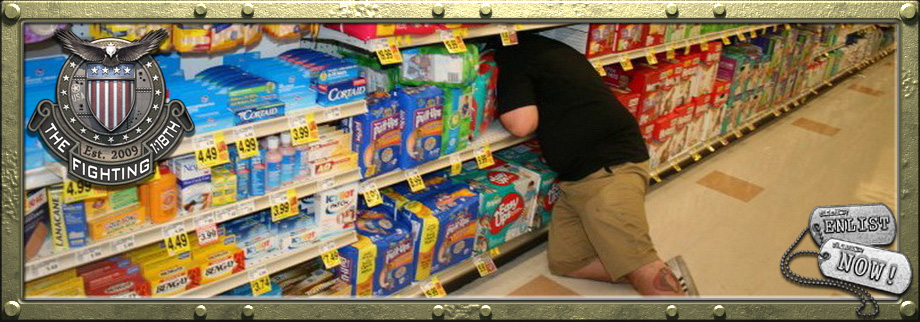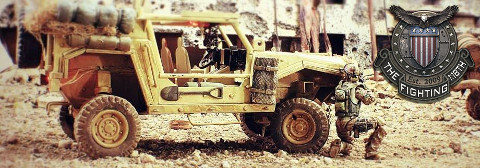Ok, so I guess this is the section I'm supposed to ask these questions. I'm new to the community. I've been trolling around the 1:18th sites for a few years, collecting little bits and pieces for customs during that time. Now it's time to start working on the customs that I have been thinking of for so long, but... I STILL DON'T KNOW HOW!! I believe I have a firm grasp on painting. I'm still working on sculpting. Kinda understand molding and casting, but not enough. So I am coming out of the shadows and asking my questions to the whole community. First and foremost, let me say that ALL of these questions pertain to the ARAH line. I love the detail on the modern figs, but I don't like to handle them. I was so excited when I purchased my first few figures from the 25th ANV line, they looked amazing and could hold a rifle correctly, it was great. But every time I try to pose one of them I feel like I'm going to break it. So I'm sticking with the ARAH stuff. That being said, I'm going to have to do a lot of sculpting and molding and casting to get the figures I want. And I suck at that. So here goes nothing...
SCULPTING
1: Does anybody have any suggested techniques for sculpting with green stuff so that it looks like cloth? I have tried several of my own ideas, and it always ends up looking like chewed sour apple gum smeared all over a figure. Gross. What I'm needing to make are some fatigue blouses and fragmentation vests, just for a referance.
MOLDING
1: When you make 2 part molds of the 2 halves of the torso, how do you accommodate for the screw hole in both parts? And when you make the mold of the front half, will you need to re-tap the hole for the screw in your cast, or will the mold actually pick up that detail as well?
2: How on God's green earth do you make a mold of the waist?! I can see the seam lines on the hips. I always thought that was where 2 halves were glued together. After further inspection, I noticed the inside of the waist has no seam. So it's a solid piece? I have no idea what to do at this point. I need a ton of figures that are almost identical, and I have no desire to sculpt every single one of them.
Any help at all will be greatly appreciated. Not to mention that it will have a positive effect on my mental health.
Thanks in advance guys!
SCULPTING
1: Does anybody have any suggested techniques for sculpting with green stuff so that it looks like cloth? I have tried several of my own ideas, and it always ends up looking like chewed sour apple gum smeared all over a figure. Gross. What I'm needing to make are some fatigue blouses and fragmentation vests, just for a referance.
MOLDING
1: When you make 2 part molds of the 2 halves of the torso, how do you accommodate for the screw hole in both parts? And when you make the mold of the front half, will you need to re-tap the hole for the screw in your cast, or will the mold actually pick up that detail as well?
2: How on God's green earth do you make a mold of the waist?! I can see the seam lines on the hips. I always thought that was where 2 halves were glued together. After further inspection, I noticed the inside of the waist has no seam. So it's a solid piece? I have no idea what to do at this point. I need a ton of figures that are almost identical, and I have no desire to sculpt every single one of them.
Any help at all will be greatly appreciated. Not to mention that it will have a positive effect on my mental health.
Thanks in advance guys!

